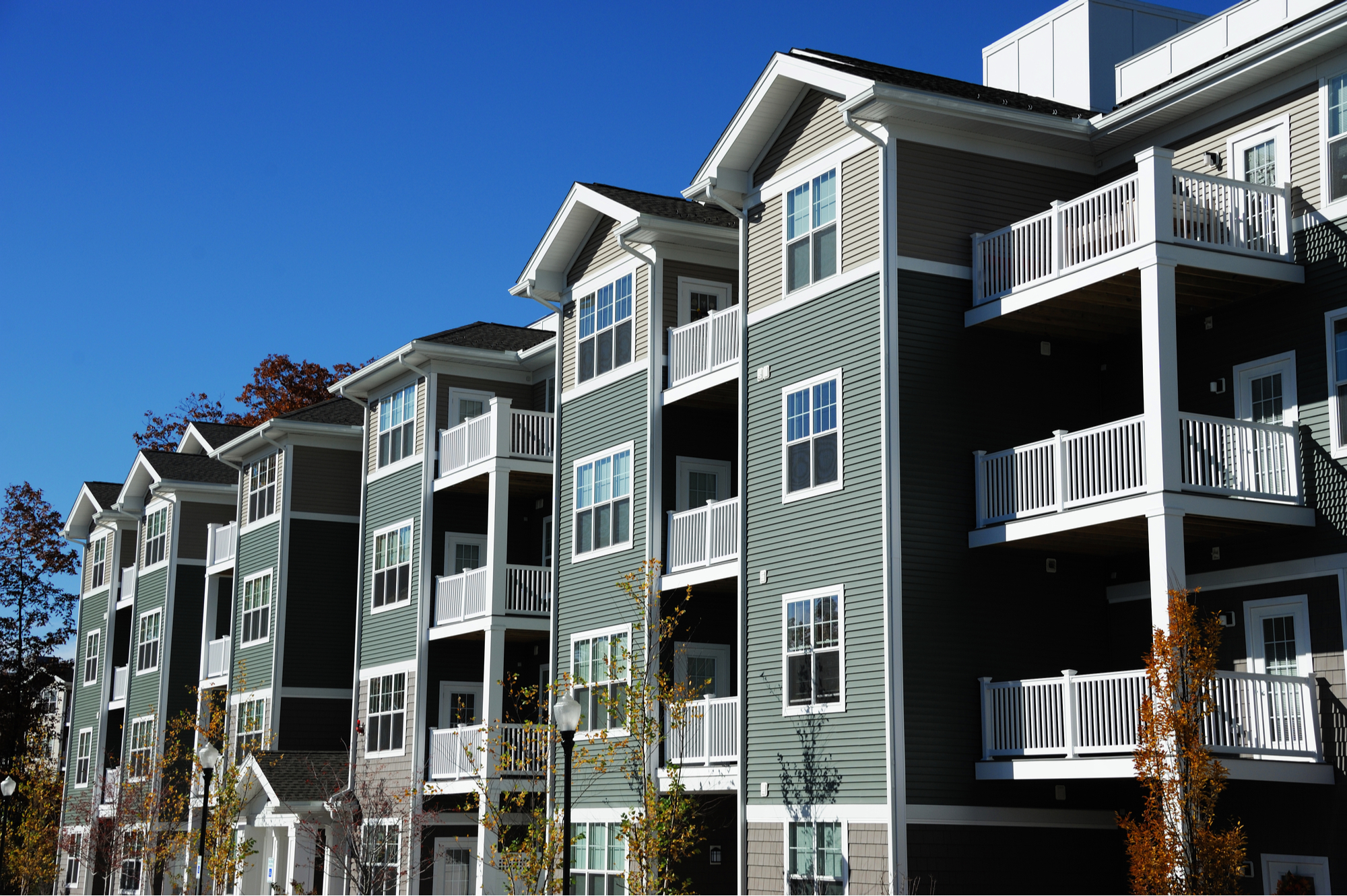Choosing the Right Patio Pavers:
When it comes to transforming your outdoor space with a patio paver installation, choosing the right type of pavers is crucial. Consider factors such as the style of your home, the intended use of the patio, and your budget. Options range from natural stone pavers like flagstone and slate to concrete pavers in various colors, shapes, and textures. Select pavers that complement your overall design vision and enhance the functionality of your outdoor space.
Planning Your Patio Layout:
Before diving into the installation process, it’s essential to plan the layout of your patio. Determine the size and shape of the patio area, taking into account existing landscaping features, such as trees, shrubs, and garden beds. Create a design that allows for comfortable seating areas, pathways, and transitions between different outdoor zones. A well-thought-out layout ensures a cohesive and functional outdoor space.
Preparing the Installation Site:
Proper preparation of the installation site is crucial for a successful patio paver installation. Begin by clearing the area of any debris, vegetation, or obstacles. Level the ground and ensure proper drainage to prevent water pooling on the patio surface. Depending on the soil conditions, you may need to add a base material such as gravel or sand to create a stable foundation for the pavers.
Installing the Patio Pavers:
Once the site is prepared, it’s time to start installing the patio pavers. Begin by laying the pavers in your chosen pattern, whether it’s a traditional grid, herringbone, or custom design. Use spacers to maintain consistent spacing between pavers and ensure a uniform look. Cut pavers as needed to fit the edges and corners of the patio layout. Take care to maintain straight lines and smooth transitions between pavers for a professional finish.
Securing the Pavers:
To secure the patio pavers in place and prevent shifting or movement over time, use edge restraints along the perimeter of the patio. These can be made of metal, plastic, or concrete and are installed flush with the surface of the pavers. Additionally, consider using polymeric sand between the pavers, which hardens when activated with water to create a stable, weed-resistant surface.
Finishing Touches and Sealant Application:
Once the pavers are installed, add finishing touches to enhance the visual appeal and functionality of your patio. Install features like seating walls, fire pits, or decorative borders to add character and functionality to the space. Afterward, apply a sealant to the patio pavers to protect against stains, fading, and water damage. Choose a sealant that is compatible with your paver material and follow manufacturer’s instructions for application.
Maintaining Your Patio Pavers:
Regular maintenance is key to keeping your patio pavers looking great and functioning well for years to come. Sweep or use a leaf blower to remove debris regularly. Periodically wash the pavers with water and mild detergent to remove dirt, stains, and moss or algae growth. Consider applying a new layer of sealant every few years to maintain protection and enhance the pavers’ appearance.
Enhancing Outdoor Living with Patio Pavers:
By transforming your outdoor space with a patio paver installation, you can create a versatile and inviting area for relaxing, entertaining, and enjoying the outdoors. Whether you’re hosting family gatherings, barbecues, or simply lounging in the sun, a well-designed patio enhances your overall lifestyle and adds value to your home. With careful planning, quality materials, and proper installation, your patio pavers can be a durable and beautiful addition to your outdoor living space. Read more about Patio paver installation



